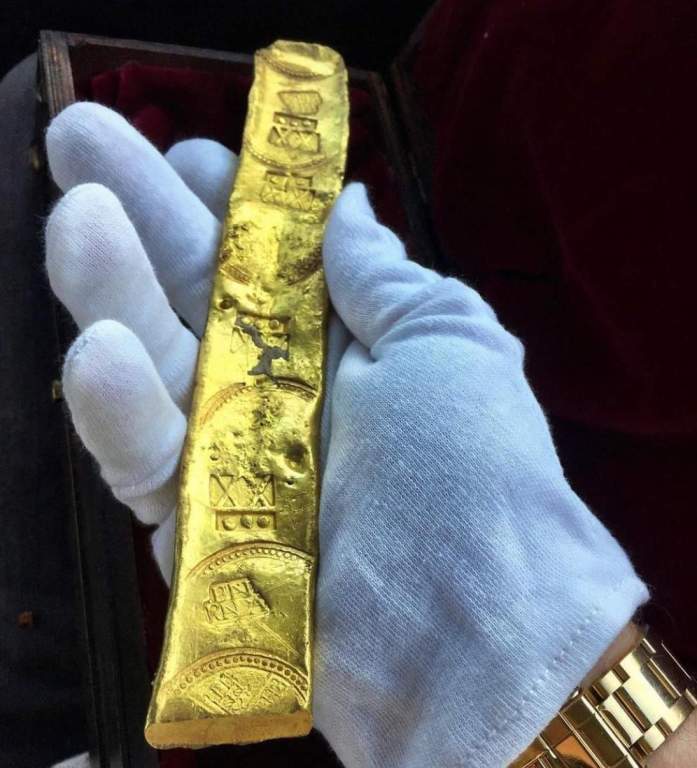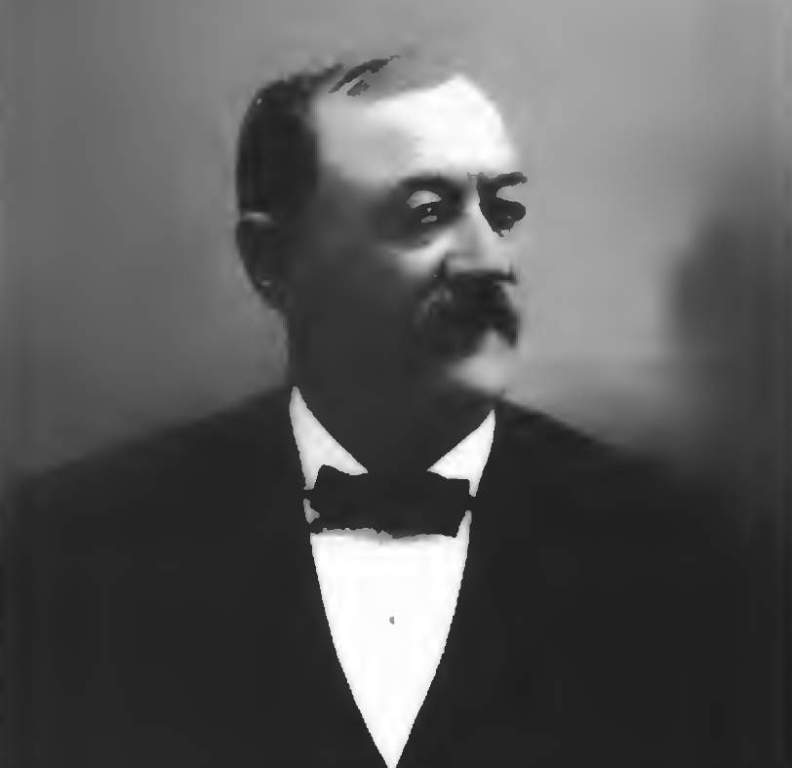A precious 5-pound solid gold bar with mint marks was discovered from the Spanish treasure ship ‘Atocha’ that sank in 1622 AD. The Spanish treasure galleon Nuestra Señora de Atocha (Our Lady of Atocha) sank in a hurricane in the Florida Keys, making it the most well-known of the fleet. Nuestra Señora de Atocha was carrying copper, silver, gold, tobacco, jewels, and indigo from Spanish ports in Cartagena and Porto Bello in New Granada (now Colombia and Panama), as well as Havana, on her way to Spain.
Nuestra Señora de Atocha was named after the Basilica of Nuestra Señora de Atocha in Madrid, Spain. It was a heavily armored galleon that worked as the Spanish fleet’s almirante (rear guard). Mel Fisher, the famed deep-sea diver, uncovered the Nuestra Senora de Atocha shipwreck back in 1969. Surprisingly, this gold bar (2,274 grams) is unmarked, raising the possibility that it was transported as contraband aboard the ship.
The galleon was sailing from the New World to Spain. It was attacked by a powerful hurricane, and that resulted in its sinking in 1622 AD. Approximately 260 individuals died in this catastrophe. Only five people survived by climbing the mizzen, which stayed above water. Senora de Atocha was carrying various valuable goods. What distinguishes this ship is that it carried 40 tons of gold and silver, as well as approximately 70 pounds of Colombian emeralds, which are among the best and most valuable in the world. Spanish salvors attempted but failed to recover this valuable cargo because the hatches were tightly shut. A second hurricane completely obliterated the wreckage, and it vanished without a trace.
American salvager Mel Fisher began searching for Atocha’s wealth over 300 years later, in 1969. This mission was long and perilous. A few discoveries along the way convinced him that he was getting closer to the big breakthrough. In 1973, the crew discovered some silver bars with tally markings that matched those on Atocha’s documentation. Two years later, they discovered five of the galleon’s cannons. In 1980, they uncovered the wreck of the Santa Margarita (Atocha’s sister ship).
During this quest, three of his crew members (a diver, his kid, and his wife) were killed when their boat capsized. The treasure seeker was shocked, but he did not give up hope, knowing that the lost companions would have wanted the trip to continue. He would often declare, “Today is the day!” Despite legal struggles and personal tragedies, the salvage crew eventually retrieved the majority of the treasure in 1985, releasing the greatest supply of silver cobs and ingots the market has ever seen.
Besides the prior hurdles, the treasure hunter must face a legal battle with the state of Florida, which wants possession of at least a portion of the treasure. The United States Supreme Court found in his favor. Mel Fisher found the Nuestra Senora de Atocha shipwreck off the Florida Keys on July 20, 1985.
The shipment is thought to be worth approximately $400 million. The treasure included 24 tons of silver bullion, ingots, and coins, 125 gold bars and discs, and 1,200 pounds of silverware. Other historically significant items were recovered, including 20 bronze cannons, navigational instruments, and Native American relics. This is why it was named the most precious shipwreck in the world by Guinness World Records in 2014.
The “money chain” is one of the treasure’s most well-known objects. It is a gold chain that extends past the waist. Mel Fisher wore it on “The Tonight Show,” hosted by Johnny Carson. The chain itself is estimated to be worth $100,000. The treasure was not fully sold. Some of the artifacts are displayed at the Mel Fisher Maritime Museum in Key West, Florida.
Read More: The Lost Treasure of Kelly’s Canyon







